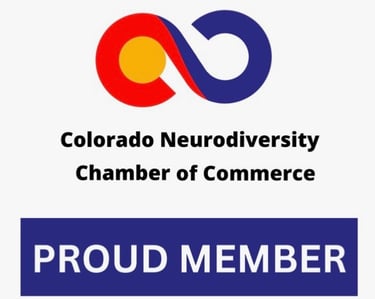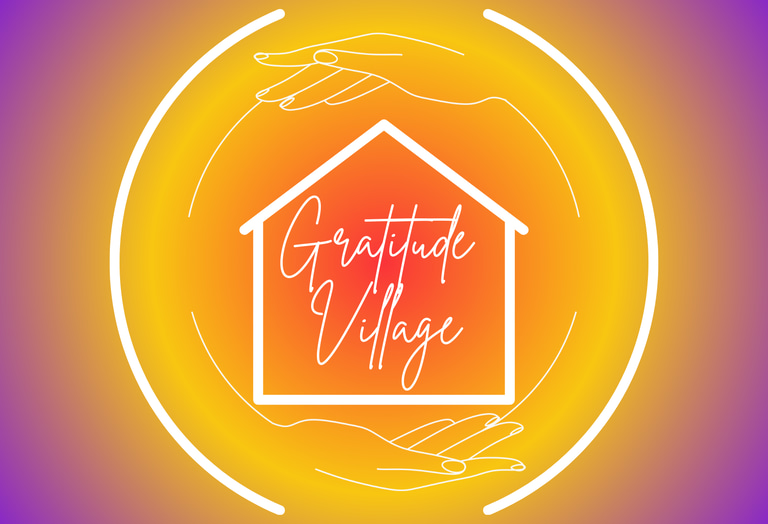Join our next In Person Info Session December 16 from 11am-1pm MST
Net Zero vs. Zero Carbon: What’s the Difference—And Which Is Right for Gratitude Village?
Discover the key differences between Net Zero and Zero Carbon building, and learn why these sustainability standards matter for the future of cohousing communities like Gratitude Village Colorado. This in-depth guide explores operational energy vs. embodied carbon, the role of LEED certification in climate-smart design, and how multigenerational, mixed-income neighborhoods can choose the right path for long-term resilience. Whether you’re curious about low-carbon construction, healthy materials, or community-scale sustainability, this article offers clear insights to help you understand which approach best supports an affordable, eco-friendly, and forward-thinking community.
Gratitude Village
11/22/20255 min read


As we design Gratitude Village, we’re not just building a neighborhood—we’re building a future. Every decision we make today will ripple forward for decades, shaping the comfort, resilience, and environmental impact of our community for generations. Sustainability has always been a core pillar of Gratitude Village, and as our board grows, so does our collective wisdom. Recently, one of our newest board members suggested that we consider a Zero Carbon standard rather than simply Net Zero homes and buildings. Many people use these terms interchangeably, but they’re not the same. Understanding the difference can help us make the best decisions for our long-term goals, our climate commitments, and the families who will call Gratitude Village home.
At its most basic level, Net Zero refers to energy performance, while Zero Carbon refers to the total carbon footprint of a building—both in operation and in the materials used to build it. A Net Zero home is designed so that, over the course of a year, it produces as much renewable energy as it consumes. These buildings are efficient, comfortable, and significantly better for the planet than conventional construction. However, Net Zero typically focuses on what happens after the building is constructed. It measures operational energy, not the carbon that was emitted during the manufacturing and transport of materials, or the construction process itself.
Zero Carbon, on the other hand, takes a much more holistic view. A Zero Carbon building aims to eliminate or offset all carbon emissions associated with the building—both operational emissions (heating, cooling, appliances, lighting) and embodied carbon (the carbon “locked in” to the materials and construction process). Embodied carbon includes everything from the steel in the structural frame to the concrete foundation to the insulation, drywall, and finishes. Many of these materials have significant climate impacts long before they ever arrive on site. As climate scientists and sustainable design experts often point out, embodied carbon is one of the most overlooked contributors to global emissions—and one of the fastest-growing.
This broader perspective is why Zero Carbon has become the next frontier in sustainable building. For communities like Gratitude Village, which care deeply about climate resilience and long-term ecological stewardship, it's worth exploring whether Zero Carbon might be the right path. Choosing this approach means embracing construction materials with low or no embodied carbon—like sustainably harvested wood, recycled steel, low-carbon concrete, or even innovative building materials like mass timber or hempcrete. It may also mean working with architects, engineers, and builders who are familiar with Whole Building Life Cycle Assessment (LCA), a process that measures a building’s lifetime environmental impact.
As we explore Zero Carbon more deeply, it’s also helpful to understand where LEED certification fits into this picture. LEED is a broad sustainability rating system that evaluates everything from energy efficiency to water use to indoor air quality, but it is not itself a Zero Carbon standard. However, the newest version of LEED includes strong credits for reducing embodied carbon and improving operational performance, and projects can even pursue an additional designation called LEED Zero Carbon. For a community like Gratitude Village, this means we can use LEED as a powerful framework for sustainable design while still choosing whether or not to adopt the more comprehensive Zero Carbon approach.
Of course, moving from Net Zero to Zero Carbon can come with challenges. Some Zero Carbon materials are newer or less widely available, and not all builders have experience with them yet. There may be added costs upfront, though many materials become more cost-competitive as demand increases and new technologies emerge. Certain municipalities may require additional review or engineering for innovative materials. Yet despite these hurdles, many communities and projects around the country are choosing Zero Carbon because they see it as a true investment in climate responsibility—and one that pays off in durability, resilience, and long-term cost savings.
For Gratitude Village, the question isn’t just which standard is greener—it’s which standard aligns best with our mission, values, and goals as a multigenerational community. Net Zero homes would ensure that our energy consumption remains low and that residents benefit from dramatically reduced utility costs. They dovetail beautifully with our commitments to affordability, health, and efficient building design. At the same time, Zero Carbon would elevate our sustainability efforts to a new level, minimizing our climate impact from day one and positioning Gratitude Village as a leader in innovative, forward-thinking community design.
Another important component is education. One of our core values is learning together—sharing knowledge, making thoughtful decisions as a group, and designing a community that reflects our shared vision. Exploring Zero Carbon gives us an opportunity to strengthen that culture. It invites future residents, founders, and board members into meaningful conversations about the materials we choose, the builders we partner with, and the legacy we want Gratitude Village to leave behind.
Zero Carbon also pairs well with our goals around health and wellness. Many low-carbon and carbon-storing materials (like wood fiber insulation, mass timber, or natural plasters) are free of harsh chemicals and support better indoor air quality. They create warm, comfortable, breathable environments—qualities that matter deeply in a community where children, elders, neurodiverse neighbors, and immunocompromised residents will all share space. A Zero Carbon approach can help ensure that the buildings where we eat, learn, gather, and rest are as nurturing as the community itself.
Cost is another consideration, and one that deserves transparent, community-wide discussion. The good news is that the landscape of sustainable building is changing fast. Many materials that used to be prohibitively expensive are now becoming mainstream. Government incentives, grants, tax credits, and rebates are increasingly focused on deep sustainability—not just energy efficiency. As a nonprofit-led project with philanthropic support and mission-aligned partners, Gratitude Village is in a strong position to pursue innovative solutions that might be out of reach for conventional developments.
Ultimately, the choice between Net Zero and Zero Carbon isn’t an either-or—it’s a spectrum. Gratitude Village could decide to implement strong embodied-carbon reductions while maintaining a Net Zero operational standard. We could set goals that are ambitious but achievable, like targeting a 50% reduction in embodied carbon relative to a typical development while still committing to Net Zero energy performance. Or we could choose to pursue Zero Carbon for our common house and shared buildings first, before expanding the standard across the entire site. What matters most is that we make this decision together, with full knowledge and shared intention.
As we continue building our board, welcoming new members, and engaging with architects and engineers, now is the perfect time to explore what Zero Carbon could mean for our community. Whether we ultimately choose Net Zero, Zero Carbon, or a hybrid approach, the conversation itself strengthens our shared purpose. Gratitude Village is more than a housing development—it’s a living model of what’s possible when people come together to imagine a better future. By exploring these sustainability pathways now, we’re not just designing buildings. We’re designing a legacy of care, resilience, and climate responsibility that will last for generations.
COMMUNITY
Join us in embracing nature, diversity and connection.
Sustainability
DIVERSITY
info@gratitudevillageco.com
720-689-4821
© 2025. All rights reserved.
AFFORDABILITY
Gratitude Village Inc. is a 501(c)3 charitable corporation that values diversity, equity, and inclusion as essential to our mission
Subscribe to our Substack
Refund Policy




Gratitude Village is a Proud Member of these organizations
